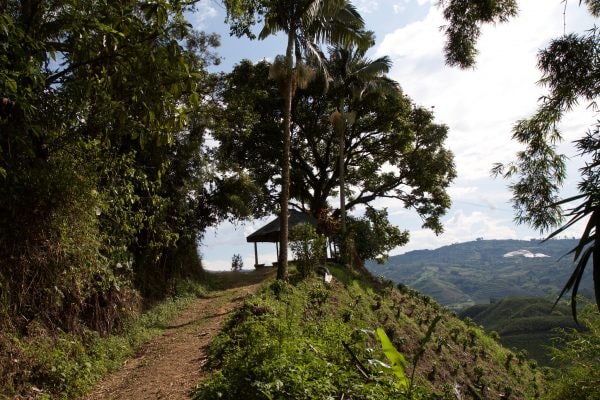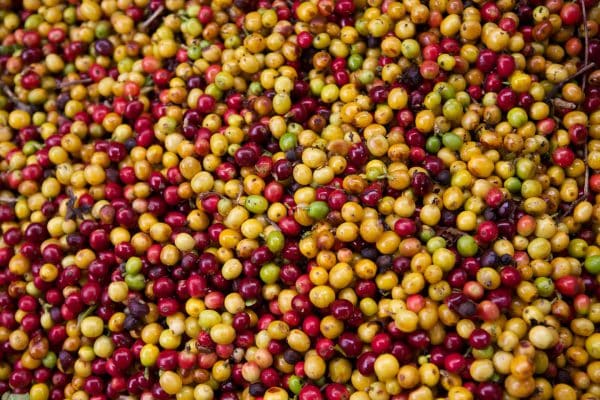
Trends & Lifestyle
What do we know about Colombian coffee from its history, which began in the early-18th century? A powerful reputation and a perception of quality, expertise and a cup that always goes down well. Current trends in coffee are indeed making it increasingly traceable. From the simple mention of ‘Colombia’ on the side of packets sold in supermarkets to the idea of an individual farm, the country is certainly taking steps to ensure its coffee growers get the recognition they deserve.
Dizzying landscapes, lush nature, steep hillsides: the multiple characteristics of Colombian coffee are what give it its unique taste and its complexity.
As you sit there sipping that cup of Colombian coffee, ask yourself: who are these people who have given me such pleasure?
In order to answer this question, we must look at the aspirations of the current generation of producers. The many challenges they face are part and parcel of the job, the results of which can be examined over an espresso or filter coffee. From climate change issues to wages and even doubts about inheritance, Colombian farmers are moving forward in dealing with all of the challenges they face.
At the end of 2020, the country ranked 3rd behind Brazil and Vietnam in terms of the volumes of coffee produced. Even the expert opinion of the Federation of Cafeteros has confirmed this, stating that “Colombia is the largest producer of washed Arabica”.
This reputation and this positive result are explained by tangible geographical criteria, to which Caravela Coffee co-founder Alejandro Cadena testifies: “The combination of different ecosystems, altitudes, and the climates are proof that there is an infinite number of micro-climates in Colombia”. It should also be added that Colombian farmers are committed to using the best agricultural practices, which are supported by major investment in coffee production.
Indeed, as the president of the Federation of Cafeteros puts it, “An R&D program and technical support help farmers to better understand the issues related to their farming practices. In more practical terms, this means extensive use of the most resistant varieties to diseases such as rust fungus*, better knowledge of the ideal time to plant the coffee bushes and above all, an evaluation of harvests in terms of productivity, quality, and revenue”. From this perspective, the improvements that have already been made reinforce the status that Colombian coffee has already achieved since the beginning of the 18th century. The “100% Colombian coffee” seal created by the FNC is becoming increasingly relevant, even though we know we can, and indeed want to, do more in terms of this need for traceability; consumers are demanding it, in fact. Specialty coffee provides this solution, as”San Cristobal”, “La Granja”, “La Gabriela” and “Planadas” are more readily displayed on packets of coffee. This sort of advanced knowledge as far back as the farm is the essence of the philosophy behind this coffee movement, revealing more and more about the soil, the altitude, and the harvesting techniques and processing methods used.
*a disease that affects coffee bushes







Testo vario
Join us
Policies
Support